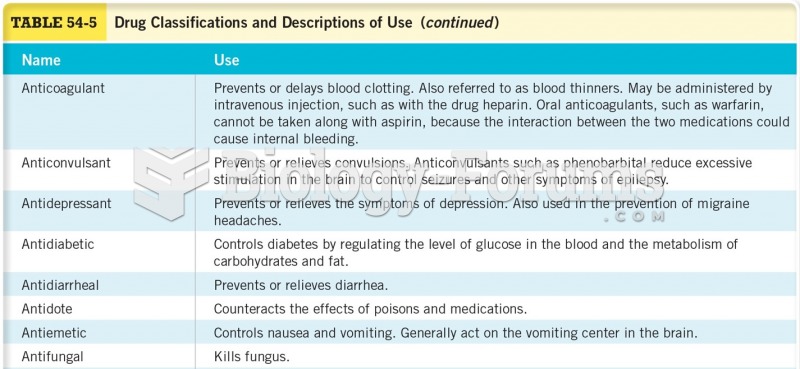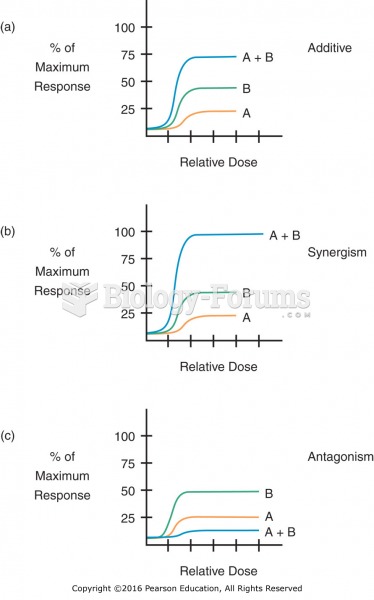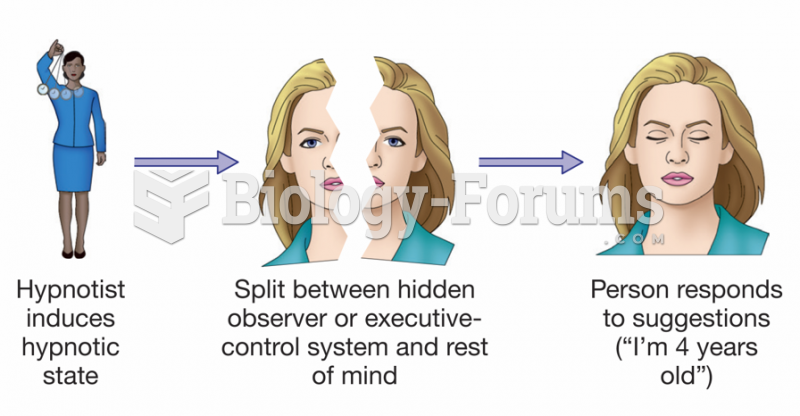Answer to Question 1
A number of biological, psychological, and sociological theories have been advanced to explain drug abuse. The three sociological theories of drug abuse are anomie theory, labeling theory, and differential association.
Anomie theory: This theory stems largely from the work of Emile Durkheim and Robert Merton. Anomie is a condition in which the acceptance of approved standards of conduct is weakened. Every society has both approved goals (such as making a lot of money) and approved means for attaining these goals (such as high-paying jobs). When certain members of society want these goals but have insufficient means for attaining them, a state of anomie results, and these individuals then seek to achieve the desired goals through deviant means. Applied to drug abuse, this theory asserts that if people are prevented from achieving their goals, they may be driven to drink or to use other drugs. The drugs may be used as an escape-to avoid the suffering caused by failure to achieve goals-or they may be used as a substitute for the highs that users had originally hoped to experience from successfully accomplishing their goals. Merton asserts that drug abuse can be reduced if society (a) sets realistic goals that people can attain and then (b) establishes legitimate means, available to everyone, for attaining these goals.
However, anomie theory fails to explain drug abuse by people who appear to be achieving their goals.
Labeling theory: This theory was developed by a number of researchers. Labeling theorists view drug abuse as largely stemming from occasional users' being labeled abusers. Initially, occasional users indulge in drug use that is disapproved of by others-such as getting drunk or smoking marijuana. These users do not at this point view themselves as abusers. However, if their use is discovered and made an issue by significant other people (such as parents, police, or teachers), and if they are then publicly labeled a drunkard, pothead, or dope user, they are more closely watched. Under this closer surveillance, if they continue to occasionally be found using drugs, the label is gradually confirmed. Their significant others may begin to relate to them in terms of the label, causing these occasional users to view themselves as people who truly are whatever label is applied. When this happens, the occasional user is likely to embark on a career as a habitual drug abuser. Labeling theory asserts that drug abuse can be reduced by avoiding labeling-that is, by refusing to treat occasional drug users as if they were abusers.
However, the theory fails to explain drug abuse among closet alcoholics and others who are already drug abusers before being labeled as such.
Differential association: This theory, developed by Edwin Sutherland, asserts that behavior is determined primarily by the values and actions that are considered important by the small, intimate groups one interacts with. Applied to drug abuse, differential association theory asserts that people will learn and take on the drug use norms of the small groups they associate with. These groups include family, neighborhood peer groups, and religious and social groups. Differential association has been used to explain differences in alcoholism rates among ethnic and religious groups. It is, of course, possible for people to be resocialized into the drug use norms of another subculture. For example, a teenager raised in a family opposed to marijuana use may become attracted to a high school group that places a high value on smoking marijuana. This teenager may then, through the principles of differential association, become resocialized by this new group into using marijuana.
Answer to Question 2
Pharmacologically, a drug is any substance that chemically alters the function or structure of a living organism. This definition would include food, insecticides, air pollutants, water pollutants, acids, vitamins, toxic chemicals, soaps, and soft drinks.
In medicine, a drug is any substance that is manufactured specifically to relieve pain or to treat or prevent diseases and other medical conditions.
In a social problems approach, a drug is any habit-forming substance that directly affects the brain and the nervous system. It is a chemical that affects moods, perceptions, body functions, or consciousness, and that has the potential for misuse because it may be harmful to the user.
Drug abuse is the regular or excessive use of a drug when, as defined by a group, the consequences endanger relationships with other people, are detrimental to the user's health, or jeopardize society itself. This definition identifies two key factors that determine what is considered drug abuse in a society: The first is the actual drug effects, and the second is a group's perception of the effects.







